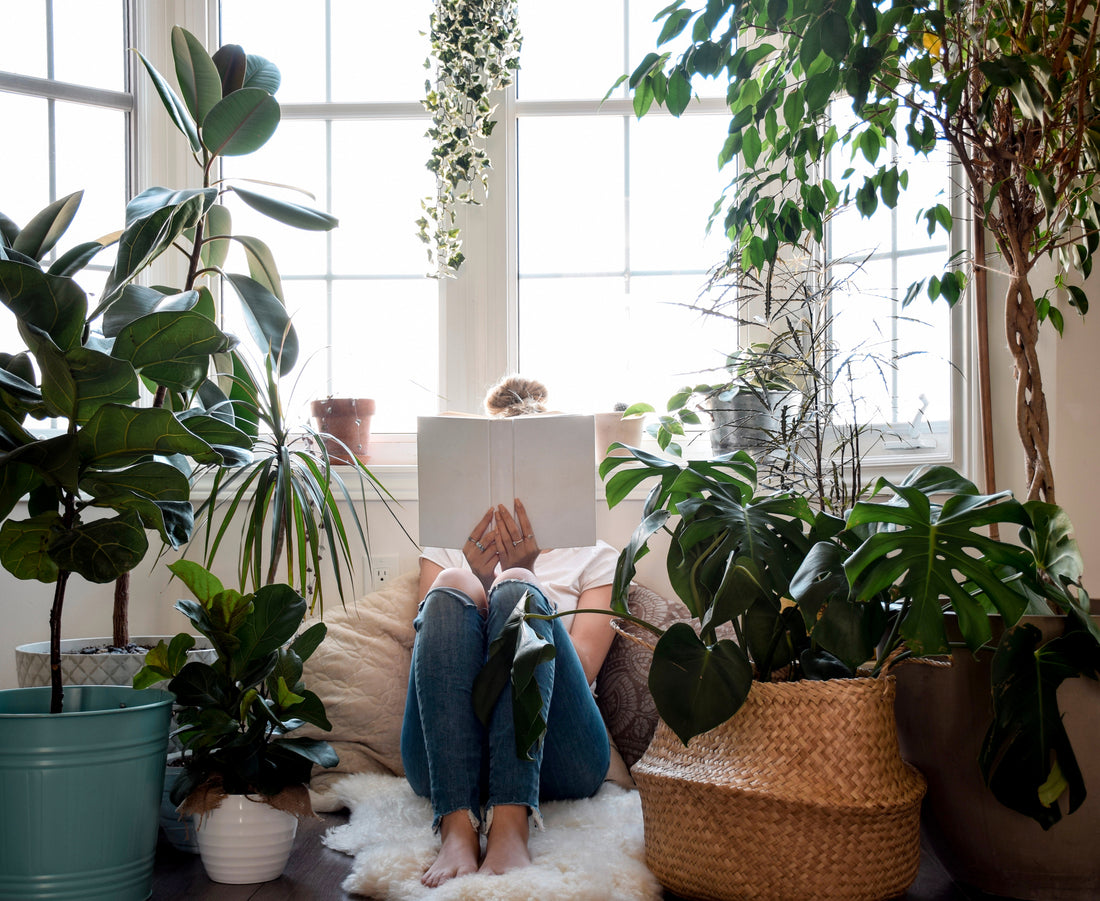Winter Prep: How Houseplants Transition Indoors (Spoiler: They Don’t Have Cozy Sweaters)
Ah, fall. That glorious time of year when the air turns crisp, the pumpkin spice lattes appear, and the garden begins its slow, inevitable journey into hibernation. But what about your houseplants? They’ve had a glorious summer vacation outdoors, soaking up the sun and living their best plant life. Now, it's time to bring them back indoors before they catch a cold (or, you know, frostbite).
But here’s the thing: plants don’t just seamlessly adjust to this transition like they’ve been anticipating it all summer. Nope. They freak out. So, let’s talk about what actually happens when you bring your leafy buddies back inside for the winter, and how they (begrudgingly) adapt to their new (and much less exciting) indoor digs.
The Reality Check: From Sunshine to Dimly Lit Corners
Imagine lounging at the beach all summer, only to be shoved into a dimly lit basement with no windows. That’s essentially what happens to your plants when you move them from their sunny outdoor paradise to your living room, which probably feels like the plant equivalent of a poorly lit dungeon.
Outdoors, they’re used to the bright, full-spectrum light of the sun, the gentle breeze, and (if you're in Canadian growing zone 5 like me) the occasional drizzle. Indoors? They’re lucky to get six hours of indirect sunlight through a window that probably needs a good cleaning. So, don’t be surprised if they sulk a little. It’s normal for houseplants to drop a few leaves or stop growing temporarily as they adjust to the low-light environment.
Pro tip: Help your plants by positioning them near the brightest windows you have, or consider adding grow lights to give them a little extra sunbathing time.

Humidity: From Spa Day to Sahara Desert
Outside in the summer, your plants are living the high life with fresh air and natural humidity. Indoors, during winter? It’s like they’ve been sent to the desert. Most homes in the winter, especially with heating systems cranking, have low humidity, which can leave your plants gasping for moisture.
If you notice your plants’ leaves turning crispy or brown at the tips, they’re sending you a very clear message: "Water me, human! But, like, in the air too, not just the soil."
Pro tip: Increase the humidity by misting your plants regularly, placing a humidifier nearby, or creating a pebble tray with water for your plant to sit on (but not in – we’re not drowning them here).
Pests: The Unwanted Hitchhikers
Your plants aren’t the only ones transitioning inside. Sometimes, they bring along a few uninvited guests – pests like spider mites, aphids, or mealybugs, who are all too happy to continue their feast indoors. These little creeps thrive in the dry, warm conditions of your home, so your plants could have some added stress dealing with these freeloaders.
Pro tip: Before bringing your plants inside, inspect them closely for pests. Give them a good hose-down or wipe their leaves with a damp cloth. You can also use insecticidal soap or neem oil as a precautionary measure. Trust me, you don’t want to be battling an indoor insect invasion in the middle of January.

Temperature Shock: From Warm Breezes to Cold Drafts
Plants are sensitive to temperature changes, and indoors, they can be exposed to unpredictable fluctuations. The area near your window may get chilly at night, while your heating system could create hot spots elsewhere. Sudden changes in temperature can cause your plants to drop leaves or go dormant as they try to cope.
Pro tip: Keep your plants away from drafty windows, doors, and direct heat sources like radiators or vents. A steady temperature is the key to keeping them happy.
Watering: Less is More
The good news? You don’t need to water as much in winter. Since your plants won’t be growing as vigorously as they did during the summer, they need less water. Overwatering can be a big problem when plants are indoors, leading to root rot – the silent killer of houseplants everywhere.
Pro tip: Water less frequently in the winter, making sure the top inch or so of soil is dry before you water again. And remember, drainage is your best friend. No plant wants to sit in soggy soil all winter.

Growth? Don’t Expect a Lot of It
One of the biggest changes houseplants experience when coming indoors is a dramatic slowdown in growth. This is completely normal and doesn’t mean your plants are unhappy. They’re just in survival mode, conserving energy because they know the days are shorter, the light is weaker, and conditions aren’t ideal for explosive growth.
Pro tip: Don’t fertilize your houseplants during the winter. They don’t need extra nutrients when they’re not actively growing. Save the fertilizer for spring when they’re ready to bounce back.
The Final Transition: Acceptance (For Both You and Your Plants)
It’s important to remember that your houseplants don’t want to be indoors. They're outdoor plants at heart, but they’ll adapt to the indoor winter life with a little help from you. They might look a little sad at first – yellowing leaves, some leaf drop, maybe a bit of droopiness – but with the right care, they’ll pull through.
In return, they’ll freshen up your indoor space, give you some much-needed greenery during those cold, grey months, and (hopefully) be ready to move back outdoors when the frost is gone.
So, there you have it, while your houseplants may not have a cozy sweater to transition into winter mode, they’ll still make it through – and probably look better doing it than we do wrapped up in 10 layers of scarves and coats. Hang in there, plant parent. Winter is coming, but you’ve got this!
Happy gardening!




